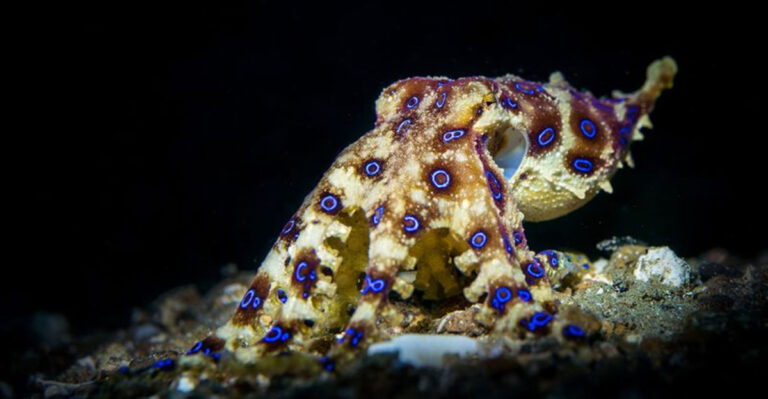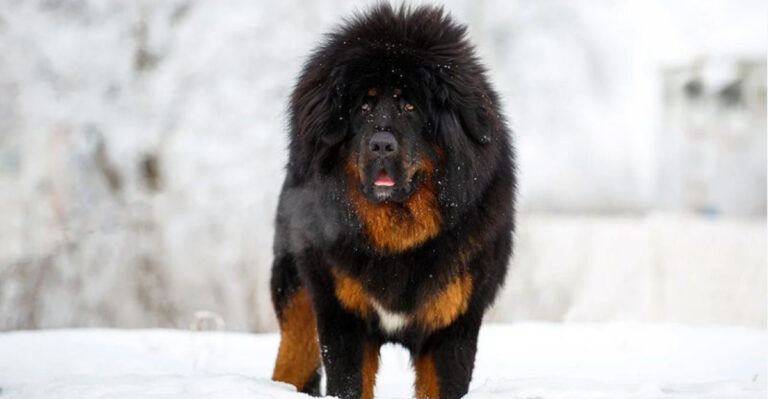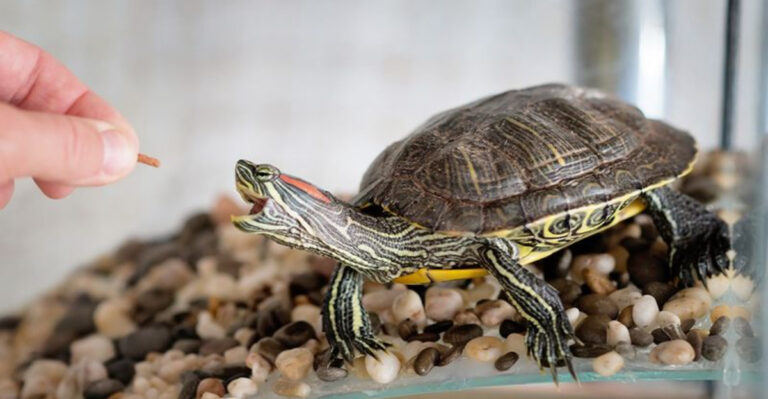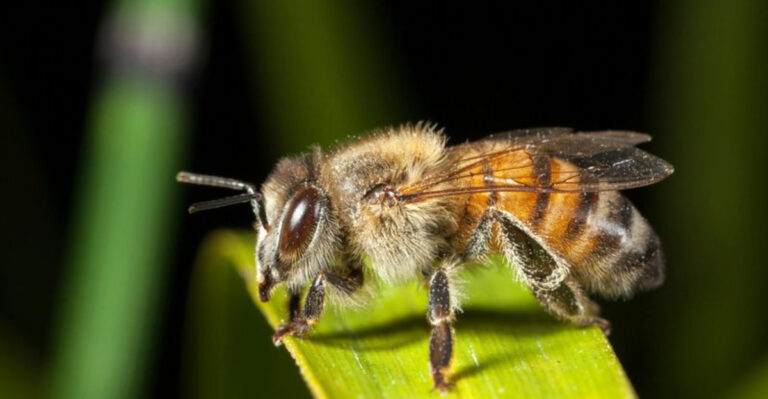15 States Rallying To Bring Back The American Bison (Progress Report)
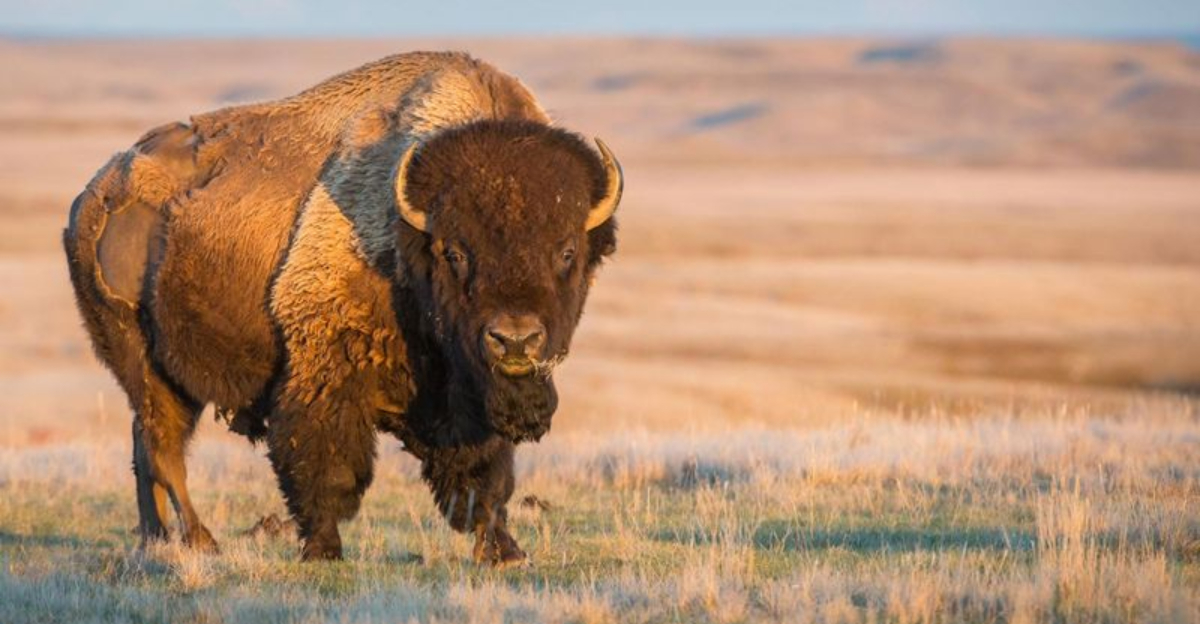
America’s iconic bison once roamed the plains by the millions before being hunted to near extinction in the 19th century.
Today, a remarkable conservation comeback story is unfolding across the country as states take bold steps to restore these magnificent animals to their native habitats.
1. New Mexico’s High Plains Bison Revival
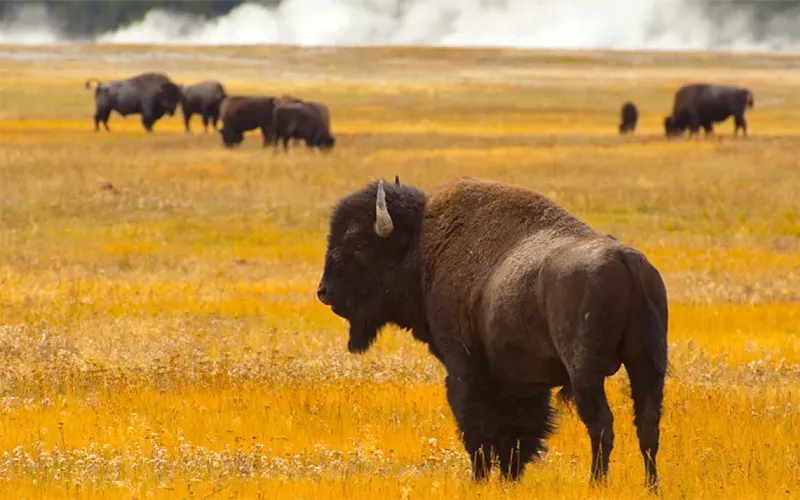
In the high plains of New Mexico, a unique initiative is breathing life back into the region’s bison populations. This area, known for its mesas and expansive skies, is seeing a revival of its natural heritage.
The project is driven by a blend of scientific research and traditional ecological knowledge, aimed at restoring the balance between land and wildlife.
Bison are being reintroduced to areas where they roamed freely centuries ago, helping to rejuvenate the grasslands.
2. Montana Leads The Charge With Yellowstone Bison Success
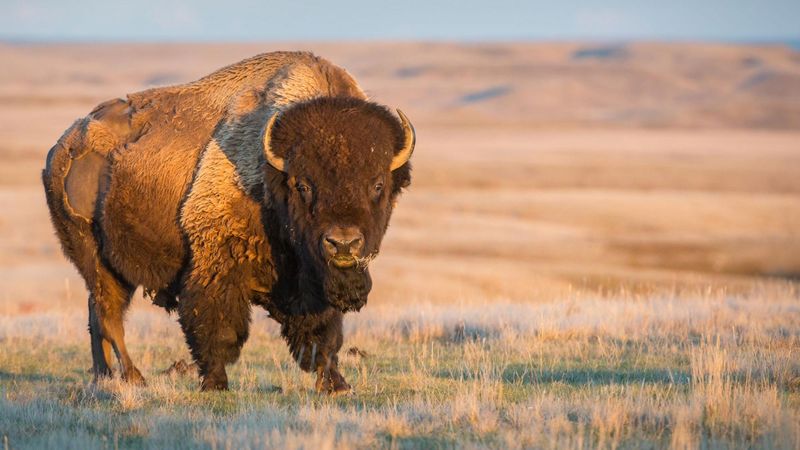
Montana stands at the forefront of bison conservation with the Yellowstone herd now thriving at over 5,000 animals. Park biologists monitor these magnificent beasts year-round, tracking their recovery from the brink of extinction when fewer than 25 remained in the late 1800s.
Beyond the park boundaries, Montana has established wildlife corridors allowing bison limited seasonal migration. The American Prairie Reserve project aims to create the largest nature reserve in the continental United States, with bison as the centerpiece species.
3. South Dakota Partners With Tribal Nations For Historic Release
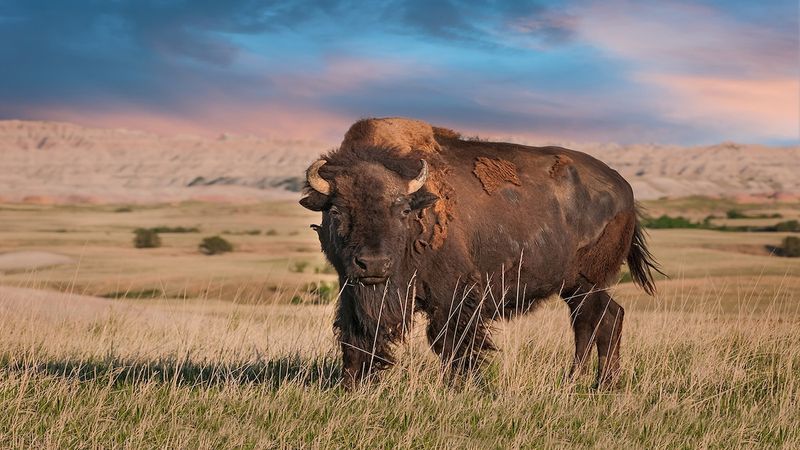
South Dakota made history when Badlands National Park partnered with the Oglala Sioux Tribe to release bison onto 22,000 acres of mixed federal and tribal lands. Rangers and tribal wildlife managers work side-by-side monitoring these animals as they reshape the prairie landscape.
The project began with 50 animals carefully selected for genetic diversity. Visitors can now spot these magnificent creatures roaming freely across the dramatic Badlands terrain.
School programs bring Native and non-Native children together to learn about bison ecology and cultural significance, fostering both conservation awareness and cultural understanding.
4. Colorado’s State Parks Welcome First Bison Calves In Centuries
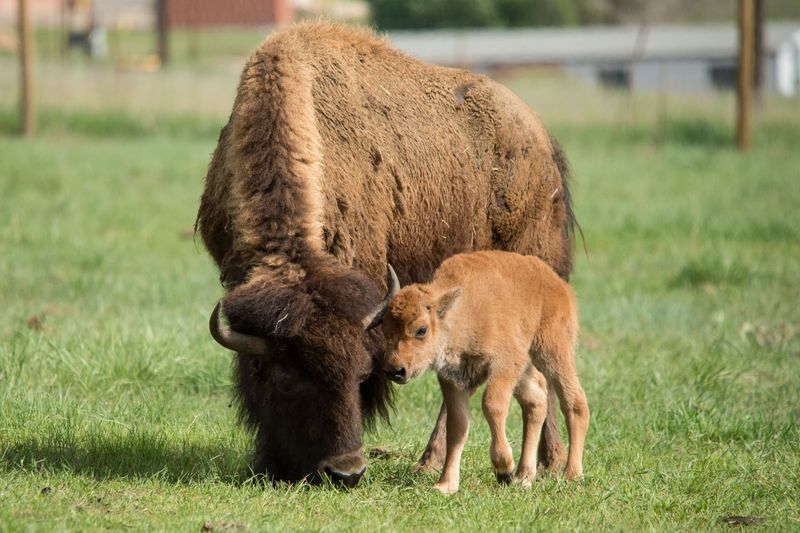
Baby bison are bringing joy to Colorado’s State Parks! After reintroducing small herds to both Soapstone Prairie Natural Area and Heartland Ranch Nature Preserve, wildlife officials celebrated the birth of the first calves born on these lands in over 150 years.
These calves carry special genetic heritage, descending from the Yellowstone bloodlines free of cattle DNA crossbreeding. Tourists flock to viewing areas where spotting scopes provide close-up experiences without disturbing the animals.
Local ranchers initially skeptical of the program now participate in educational workshops about coexistence strategies between livestock and wild bison.
5. North Dakota’s Theodore Roosevelt National Park Expands Range
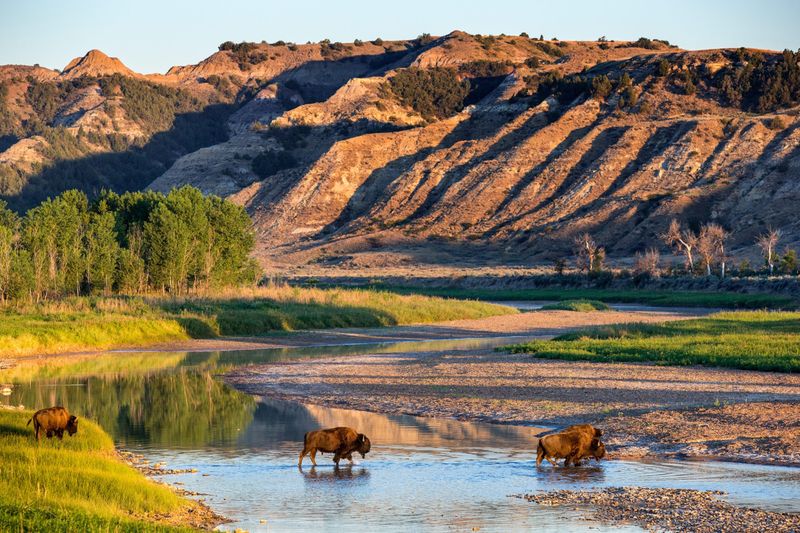
Honoring its namesake’s conservation legacy, Theodore Roosevelt National Park has expanded its bison range by 2,500 acres. Park rangers removed outdated fencing that once restricted movement, allowing these massive mammals to access historical grazing grounds for the first time in decades.
GPS collars track the herd’s movements, providing valuable data about habitat preferences and seasonal migration patterns. Researchers study how bison grazing affects plant diversity, finding native grasses thrive under proper bison management.
The park hosts annual “bison days” where visitors learn tracking skills and witness these icons of the American West roaming their ancestral homeland.
6. Utah’s Henry Mountains Harbor Genetically Pure Bison
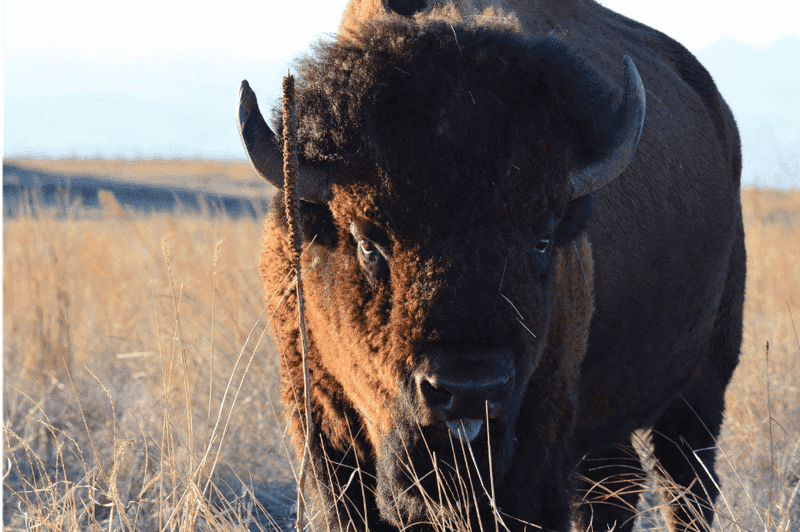
Hidden among Utah’s red rock country, the Henry Mountains shelter something extraordinary – one of the few genetically pure, free-roaming bison herds in America. Unlike most modern bison with traces of cattle DNA, these animals remain untainted, making them incredibly valuable to conservation efforts nationwide.
Utah wildlife officials carefully manage hunting permits, using limited harvests to maintain optimal herd size. Local ranchers receive compensation for sharing grazing lands with these living historical treasures.
University researchers travel from across the country to study these animals, seeking insights that might help restore wild bison populations elsewhere.
7. Nebraska’s Nature Conservancy Restores Prairie Ecosystem
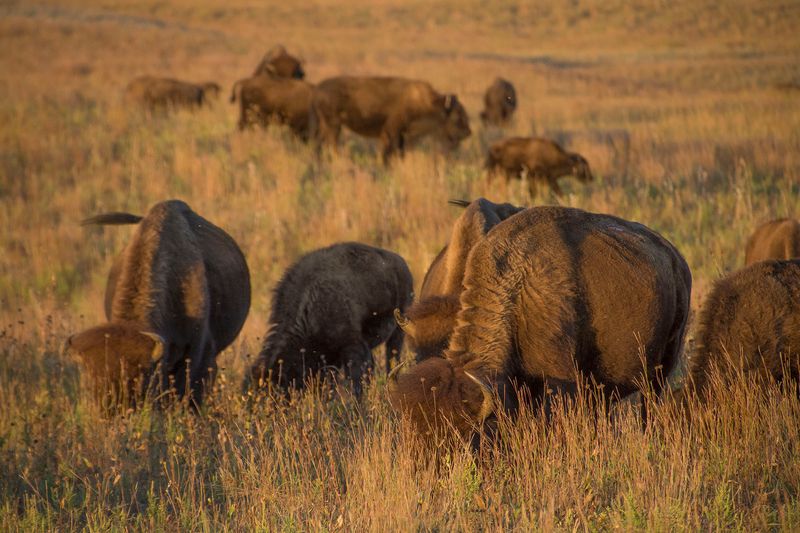
Nebraska’s Niobrara Valley Preserve buzzes with renewed life as The Nature Conservancy’s bison restoration transforms the landscape. Approximately 500 bison now roam 22,000 acres of sandhills prairie, mimicking historical grazing patterns that native plants evolved alongside for millennia.
Prairie dog colonies have expanded in their wake, which in turn support endangered black-footed ferrets. Grassland bird species show population increases where bison have returned.
Ranchers initially concerned about competition for grazing lands now participate in workshops demonstrating how rotational grazing inspired by bison behavior can improve cattle operations and soil health.
8. Oklahoma’s Tallgrass Prairie Preserve Celebrates 30 Years Of Bison
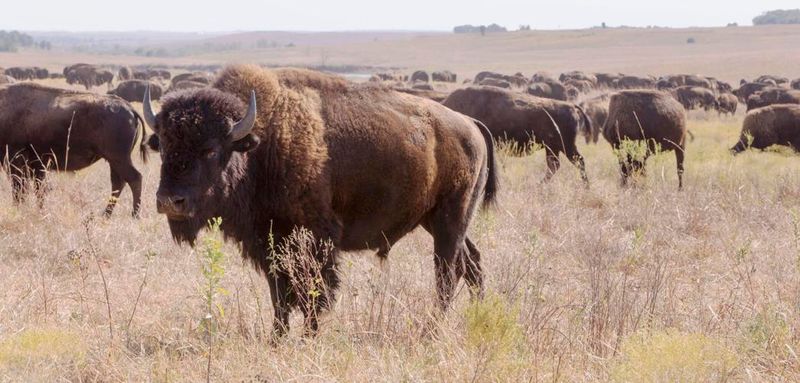
Oklahoma’s 39,000-acre Tallgrass Prairie Preserve marks three decades of bison restoration with remarkable results. What began with 300 animals has grown to nearly 2,500 bison transforming America’s last remaining tallgrass prairie ecosystem.
University studies document how bison wallows create microhabitats for rare amphibians and insects. Their selective grazing patterns maintain plant diversity that disappeared under cattle-only management.
Annual economic impact reports show ecotourism centered around bison viewing generates over $5 million for surrounding communities. Local schools participate in “Bison STEM” programs connecting science education with conservation heritage.
9. Kansas Reconnects Flint Hills Ecosystem With Keystone Species
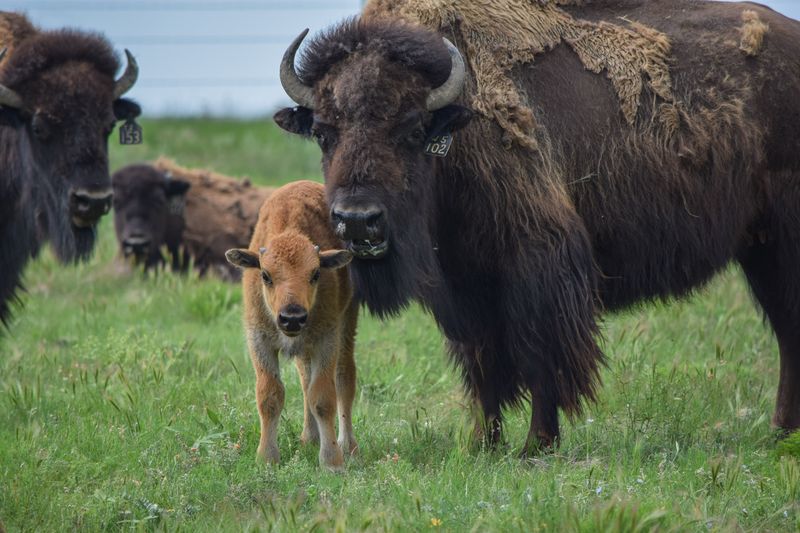
Kansas welcomes bison back to the iconic Flint Hills, where these ecological engineers are reshaping the tallgrass prairie one bite at a time. The Nature Conservancy’s Smoky Valley Ranch introduced a starter herd that’s thriving beyond expectations.
Researchers document surprising ripple effects – increased butterfly diversity in bison-grazed sections and improved stream health where bison trails create natural water filtration systems. Prairie chicken populations show signs of recovery in areas where bison have restored historical vegetation patterns.
Weekend “bison safaris” sell out months in advance, creating new revenue streams for conservation efforts.
10. Arizona’s Grand Canyon Buffalo Find New Home Range
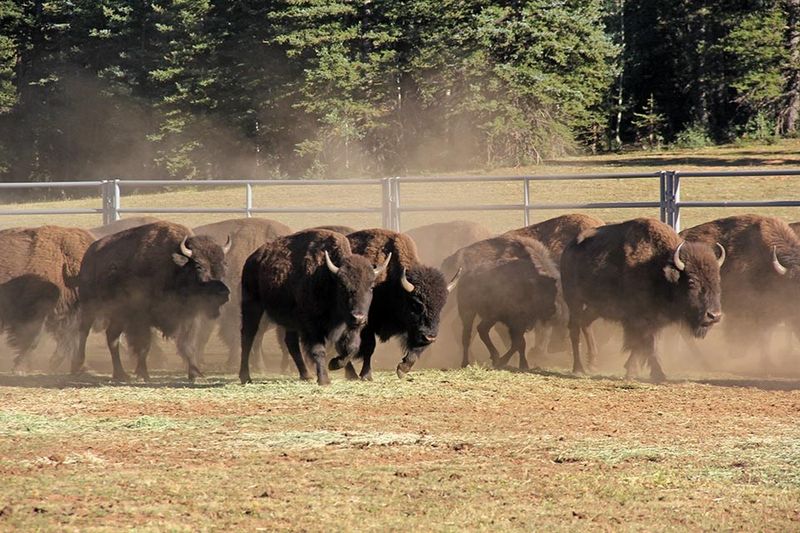
Arizona tackles a unique bison challenge at the Grand Canyon, where a hybrid bison-cattle herd unexpectedly took up residence decades ago. Rather than removing all animals, officials implemented a compromise: relocating some bison to tribal lands while maintaining a smaller, managed herd within park boundaries.
Skilled wildlife veterinarians conduct health assessments before animals are transferred to the Navajo Nation and other tribes. Each buffalo undergoes genetic testing to identify animals with the least cattle DNA admixture.
The program creates economic opportunities through sustainable tribal hunting programs while preserving the cultural significance of these animals.
11. Minnesota’s Minneopa State Park Creates Urban Wildlife Connection
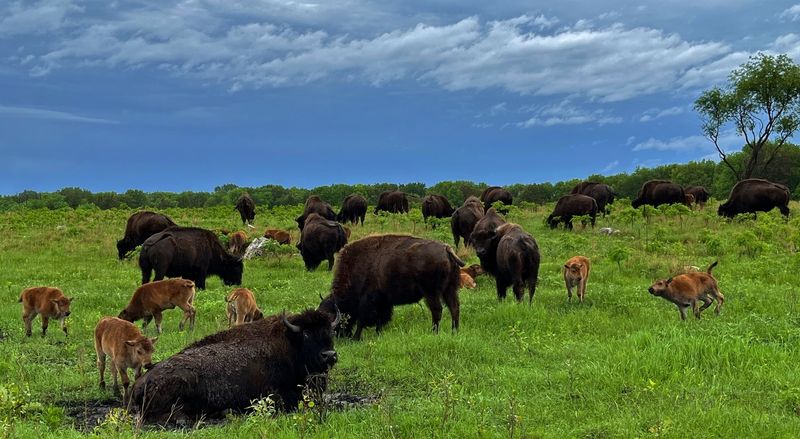
Just minutes from Mankato city limits, Minneopa State Park’s bison reintroduction brings wild nature to Minnesota’s doorstep. Weekend traffic jams form as families line up for the park’s famous “bison drive” – a designated route where visitors can safely observe these magnificent animals from their vehicles.
Local elementary schools adopt “bison curriculum” connecting children with their natural heritage. University students gain hands-on wildlife management experience assisting with annual health checks.
The project demonstrates how even smaller parks near urban areas can successfully participate in bison restoration, creating wildlife corridors between fragmented habitats.
12. Iowa’s Neal Smith Wildlife Refuge Studies Prairie Restoration
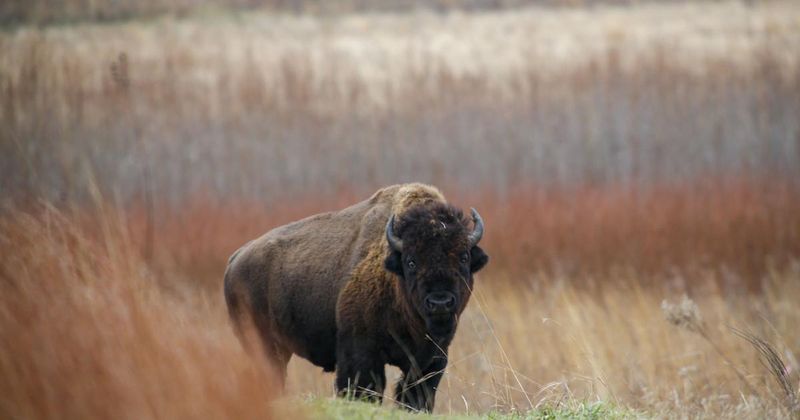
Among Iowa’s corn and soybean fields, Neal Smith National Wildlife Refuge stands out as an island of restored tallgrass prairie where bison play a crucial ecological role. Scientists meticulously document how these animals accelerate prairie restoration through selective grazing and seed dispersal.
Prescribed burns combined with bison activity have proven more effective than either technique alone. Native plant species diversity has increased 40% in areas with both treatments.
The refuge partners with agricultural colleges to demonstrate how principles from bison management can inform sustainable farming practices, including soil carbon sequestration techniques that fight climate change while improving crop yields.
13. Illinois Surprises Conservation World With Urban Forest Preserves Initiative
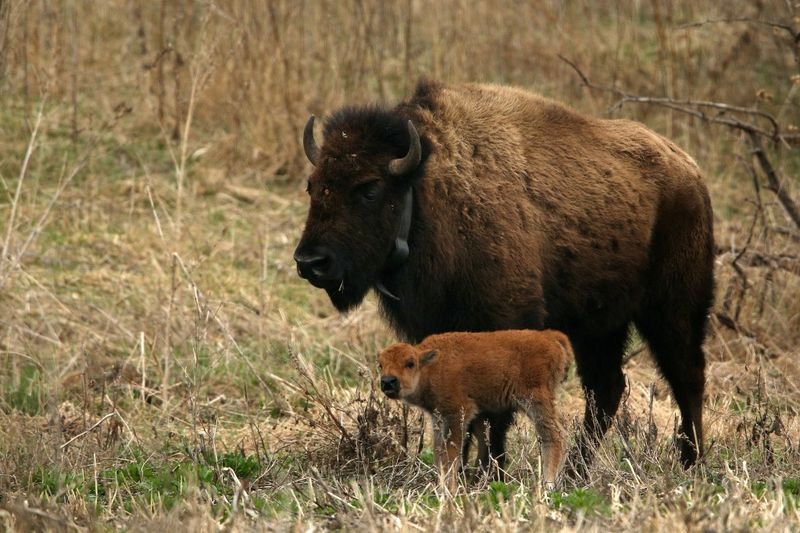
Illinois breaks new ground in bison conservation with its ambitious Chicago-area forest preserve projects. Nachusa Grasslands and Midewin National Tallgrass Prairie now host growing bison herds just an hour from downtown Chicago, making them among the most accessible bison viewing opportunities in America.
These projects demonstrate how even heavily developed states can participate in ecological restoration. Volunteer stewards remove invasive species while bison naturally maintain native grasslands.
Weekend programs attract urban families who might otherwise never experience these magnificent animals in a natural setting, building broad-based support for conservation initiatives.
14. Missouri’s Prairie State Park Celebrates Decade Of Population Growth
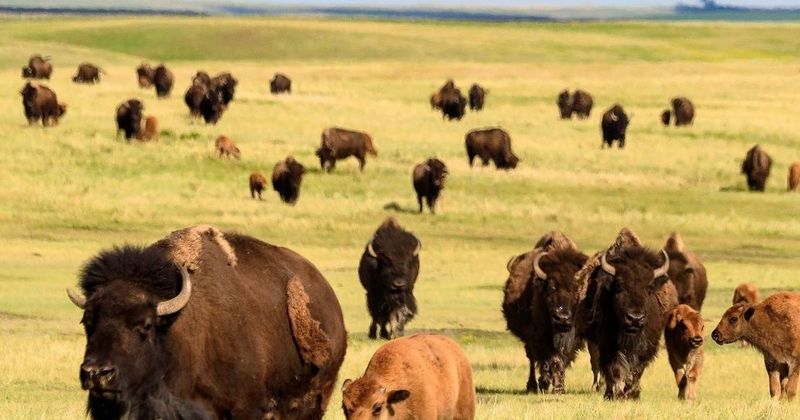
Missouri’s Prairie State Park marks ten years of steady bison population growth with community celebrations highlighting conservation success. The herd has expanded from just 35 animals to over 100 healthy bison restoring ecological processes to the state’s largest remaining tallgrass prairie.
Park naturalists offer monthly “Bison Basics” hikes where visitors learn to safely observe these massive mammals. Local photography clubs host annual contests capturing the beauty of bison in different seasons.
The park partners with regional meat producers to utilize surplus animals, creating a sustainable management model that benefits both conservation goals and local food systems.
15. Alaska’s Wood Bison Reintroduction Marks Northern Frontier
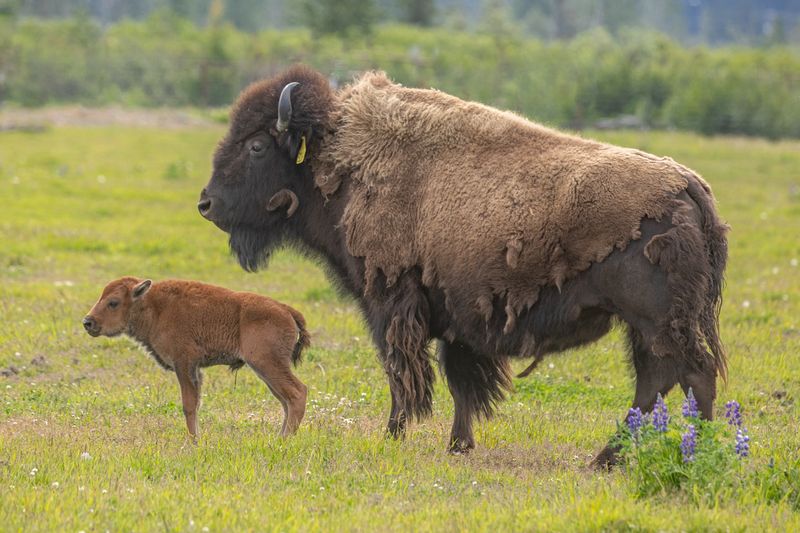
Alaska made conservation history by reintroducing wood bison – a northern subspecies once declared extinct in the United States. After careful preparation, wildlife officials released 130 animals into the Innoko River region where they’re now thriving in their ancestral homeland.
Indigenous communities participate in monitoring programs, blending traditional knowledge with modern wildlife tracking technology. Elders share stories of their ancestors’ relationship with these animals, lost for generations until now.
The project required years of international cooperation with Canadian conservation partners who provided the founding animals from healthy herds across the border.


